Are you curious about how much a yacht costs? It’s a common question, and at HOW.EDU.VN, we understand that the price of a yacht can vary significantly based on numerous factors. This comprehensive guide breaks down yacht costs, from small sailing vessels to luxurious superyachts, providing you with a clear understanding of the investment involved. Whether you’re interested in yacht ownership, luxury vessels, or the overall cost considerations, we’ve got you covered.
1. What Defines a Yacht?
The term “yacht” often conjures images of luxury and opulence, but what exactly classifies a vessel as a yacht? While there’s no universally agreed-upon definition, several factors come into play. Generally, yachts can be either sailing yachts or motor yachts, but the primary determinant is the vessel’s size.
- Size Matters: Most industry experts consider a boat to be a “yacht” if it’s between 40 and 70 feet in length. However, some might include vessels over 30 feet. Once you exceed 70 feet, you’re venturing into superyacht territory, and anything over 165 feet is often referred to as a megayacht.
- Amenities Aboard: Beyond size, the amenities a boat offers contribute to its classification as a yacht. Yachts typically feature cabins, heads (bathrooms), a galley (kitchen), and ample deck space for leisure and entertainment. These features allow for overnight stays and extended voyages.
- Luxury Perception: The term “yacht” has become synonymous with luxury, especially with the rise of superyachts capturing global attention. However, luxury is subjective. What one person considers luxurious, another might not. A well-maintained 30-foot trawler yacht could be luxurious to one individual, while a multi-million dollar superyacht is another level of luxury altogether.
2. Factors Influencing Yacht Cost
Several factors affect the price of a yacht, making it essential to consider these elements when determining your budget:
2.1 Size and Type
The size of the yacht is a primary cost driver. Larger yachts require more materials, labor, and advanced engineering, resulting in higher prices.
- Small Yachts (25-40 feet): These are entry-level options suitable for day trips and weekend getaways.
- Medium-Sized Yachts (40-70 feet): These offer more space and amenities for longer voyages.
- Superyachts (78-165 feet): These are luxury vessels with high-end features and require a full-time crew.
- Megayachts (Over 165 feet): These are the most luxurious and expensive yachts, offering unparalleled amenities and space.
The type of yacht also plays a significant role. Sailing yachts and motor yachts have different designs, performance characteristics, and equipment, which impact their cost.
2.2 New vs. Used
A new yacht will generally cost more than a used one due to the latest technology, pristine condition, and manufacturer’s warranty. However, used yachts can offer excellent value for money, especially if they have been well-maintained.
2.3 Brand and Model
The brand and model of a yacht influence its price. Established brands with a reputation for quality and performance often command higher prices. Limited edition or custom-built yachts are also more expensive.
2.4 Materials and Construction
The materials used in yacht construction, such as fiberglass, aluminum, steel, or carbon fiber, affect the cost. Higher-quality materials and advanced construction techniques increase the price.
2.5 Features and Amenities
The features and amenities included in a yacht significantly impact its price. These can include:
- Navigation and communication systems
- Entertainment systems
- Water sports equipment
- Luxury finishes and furnishings
- Custom interiors
2.6 Engine and Performance
The size, type, and performance of the yacht’s engine(s) play a crucial role in determining its cost. More powerful engines and advanced propulsion systems increase the price.
2.7 Location
The location where the yacht is purchased can also affect the price. Yachts in high-demand areas or those with higher taxes and fees may be more expensive.
3. The Cost of Different Types of Yachts
Let’s take a closer look at the average prices of different types of yachts in the United States, considering both new and used options:
3.1 Small Yachts (25 to 40 Feet)
Small yachts are ideal for those looking for entry-level options for day trips and weekend getaways. These yachts typically have cabins, heads, and a small galley.
- Sports Cruisers (25-30 feet):
- Used (Good Condition): $70,000 – $150,000
- New: $250,000+
- Cabin Cruisers (Around 40 feet):
- Used (36-45 feet, Average): $200,000+
- Almost New (1-2 years old): $350,000 – $1,000,000+
Sports cruisers measuring 25 to 30 feet can cost from $70,000 for a well-maintained used model to over $250,000 for a brand-new one.
3.2 Medium-Sized Yachts (40 to 70 Feet)
Mid-sized yachts offer more space and amenities, making them suitable for longer voyages and entertaining guests.
- Price Range: $150,000 – $5,000,000+ (depending on size, model, finish, engines, and extras)
- Average Yacht Price in the United States (2022): $154,357 (from 43,915 boats sold)
- Average Yacht Price Internationally (2022): $368,206 (from 10,670 yachts sold)
- Example:
- New Viking 58: $4,100,000
- Used Viking 58 (3 years old): $3,500,000
- Used Viking 58 (10 years old): $600,000
These yachts typically feature spacious interiors, large decks, swim platforms, alfresco dining areas, comfortable cockpits, and large staterooms.
A new Viking 58 costs $4.1 million, while a three-year-old model is $3.5 million, and a ten-year-old model around $600,000.
3.3 Sailing Yachts
Sailing yachts have a unique appeal, relying on wind power for propulsion. The cost of a sailing yacht depends on its size, age, and finish.
- Price Range: $5,000 (for a 25-foot fixer-upper) to $5,000,000+ (for a new cruising catamaran or sailing superyacht)
- Examples:
- Largest Sailing Yacht in the World (Sailing Yacht A): Estimated $600,000,000 (470 feet)
- New 100-foot Sailing Yacht: Several million dollars
- New 55-foot Sailing Yacht: $2,000,000
- Used 55-foot Sailing Yacht (2 years old): $1,000,000
- Used 55-foot Sailing Yacht (20 years old): $500,000 or less
- New 35-foot Sailing Yacht: $250,000 – $500,000 (depending on brand)
Sailboat prices can start as low as $5,000 for a 25-foot fixer-upper and go up from there.
3.4 Luxury Yachts and Superyachts
Superyachts represent the pinnacle of luxury and come with a hefty price tag. Generally, anything above 78 feet is considered a superyacht, with some extending up to 165 feet (sometimes referred to as megayachts).
- Cost Estimates:
- New Custom Superyacht: Up to $1,000,000 per foot of length
- Used Superyacht (10 years old, 80-90 feet): Around $2,500,000
- Used Superyacht (Less than 5 years old): Around $4,000,000
- New Superyacht: Around $9,000,000+
Superyachts require a full-time crew, adding to the overall cost of ownership.
The costs vary widely, with some estimates of up to $1 million per foot of length to build a new top-of-the-line custom superyacht.
3.5 Megayachts
Megayachts are the most luxurious and expensive vessels, typically exceeding 165 feet in length.
- Examples:
- Azzam (World’s Largest Megayacht): 590 feet, $600,000,000 to build
Megayachts feature expansive amenities such as swimming pools, helicopter pads, large guest and crew accommodations, and beach clubs. The annual upkeep can run to $20,000,000 or more, including crew fees, fuel, mooring fees, insurance, food, and maintenance.
The world’s largest megayacht, Azzam is 590 feet long and cost $600 million to build.
4. New vs. Used Yacht Costs: A Detailed Comparison
When considering the purchase of a yacht, one of the initial decisions you’ll face is whether to buy a new or used vessel. Both options have their advantages and disadvantages, particularly regarding cost. Here’s a detailed comparison to help you make an informed decision:
4.1 Initial Purchase Price
The most obvious difference between new and used yachts is the initial purchase price. New yachts typically command a higher price due to their pristine condition, the inclusion of the latest technology, and the availability of a manufacturer’s warranty.
- New Yachts: Expect to pay a premium for a new yacht, especially if it includes custom features or high-end finishes. The price can range from hundreds of thousands to millions of dollars, depending on the size and type of yacht.
- Used Yachts: Used yachts generally offer a more affordable entry point into yacht ownership. The price will depend on the yacht’s age, condition, and history. While you may save money upfront, it’s essential to factor in potential maintenance and repair costs.
4.2 Depreciation
Depreciation is a crucial factor to consider, particularly when buying a new yacht. Yachts, like cars, typically depreciate over time, with the most significant depreciation occurring in the first few years of ownership.
- New Yachts: New yachts tend to depreciate by approximately 10% in the first year and around 6% each year thereafter. This means that a new yacht can lose a significant portion of its value in a relatively short period.
- Used Yachts: Used yachts have already undergone their initial depreciation, so the rate of depreciation is generally slower. This can make them a more financially sound investment in the long run.
4.3 Maintenance and Repairs
Maintenance and repair costs are essential considerations when comparing new and used yachts. New yachts typically have lower maintenance costs initially, while used yachts may require more frequent repairs and upgrades.
- New Yachts: New yachts come with a manufacturer’s warranty, which covers many potential issues during the warranty period. This can provide peace of mind and help keep maintenance costs down.
- Used Yachts: Used yachts are unlikely to have a warranty, so you’ll be responsible for all maintenance and repair costs. It’s essential to have a thorough inspection conducted before purchasing a used yacht to identify any potential problems.
4.4 Technology and Accessories
New yachts are equipped with the latest technology and accessories, while used yachts may have outdated systems that need to be upgraded.
- New Yachts: New yachts feature the most advanced navigation, communication, and entertainment systems. They also have the latest safety equipment and energy-efficient technologies.
- Used Yachts: Used yachts may have older technology that is less efficient or reliable. Upgrading these systems can add to the overall cost of ownership.
4.5 Insurance
Insurance costs can vary depending on whether you buy a new or used yacht.
- New Yachts: Insuring a new yacht may be more expensive due to its higher value. However, some insurance companies offer discounts for new vessels with modern safety features.
- Used Yachts: Insuring a used yacht may be less expensive, but it’s essential to ensure that the policy covers all potential risks, given the age and condition of the vessel.
Here’s a table summarizing the key differences between new and used yacht costs:
| Factor | New Yacht | Used Yacht |
|---|---|---|
| Initial Purchase Price | Higher | Lower |
| Depreciation | Faster (especially in the first few years) | Slower |
| Maintenance & Repairs | Lower initially (covered by warranty) | Higher (potential for more frequent repairs) |
| Technology & Accessories | Latest technology | Older technology (may require upgrades) |
| Insurance | May be more expensive (due to higher value) | May be less expensive (but ensure adequate coverage) |
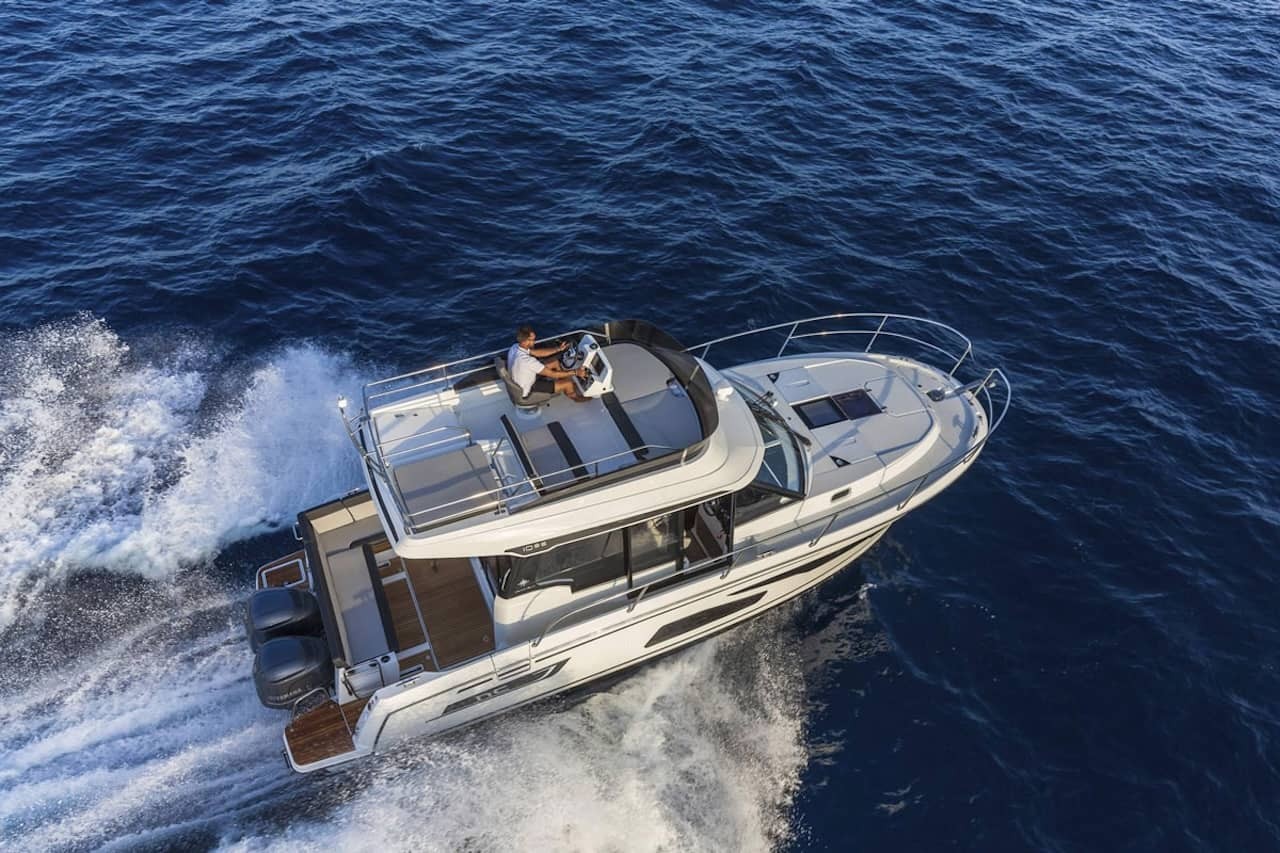

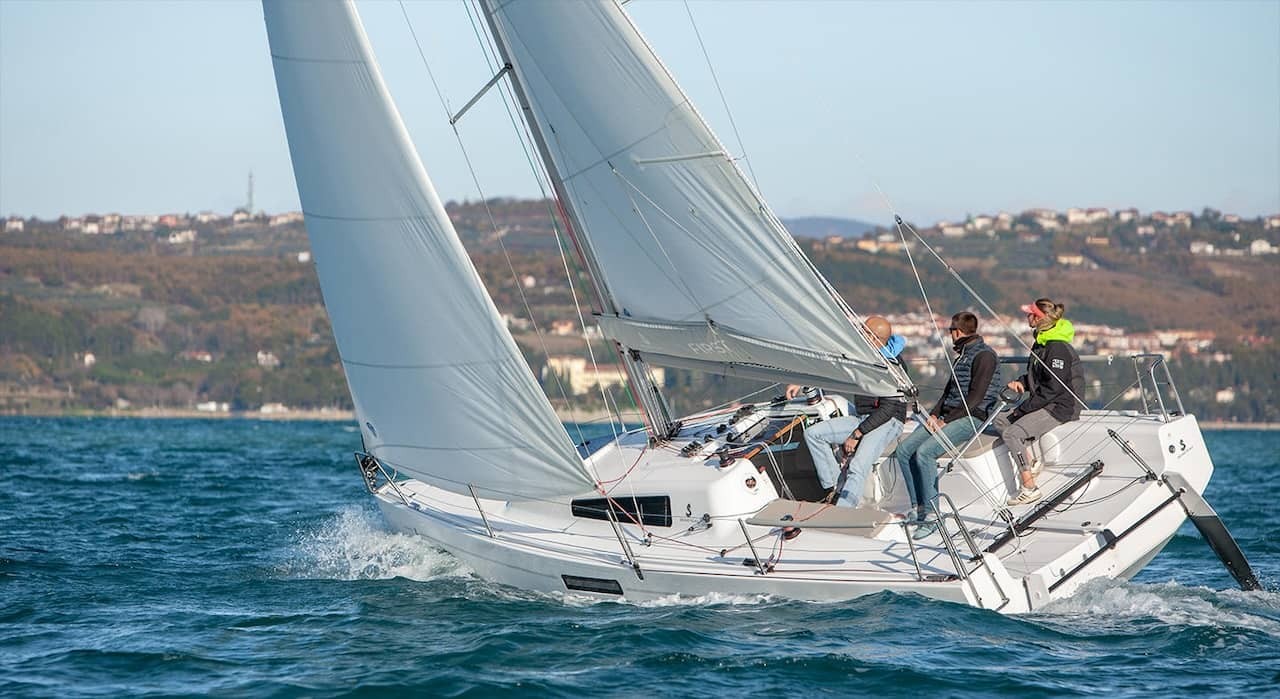
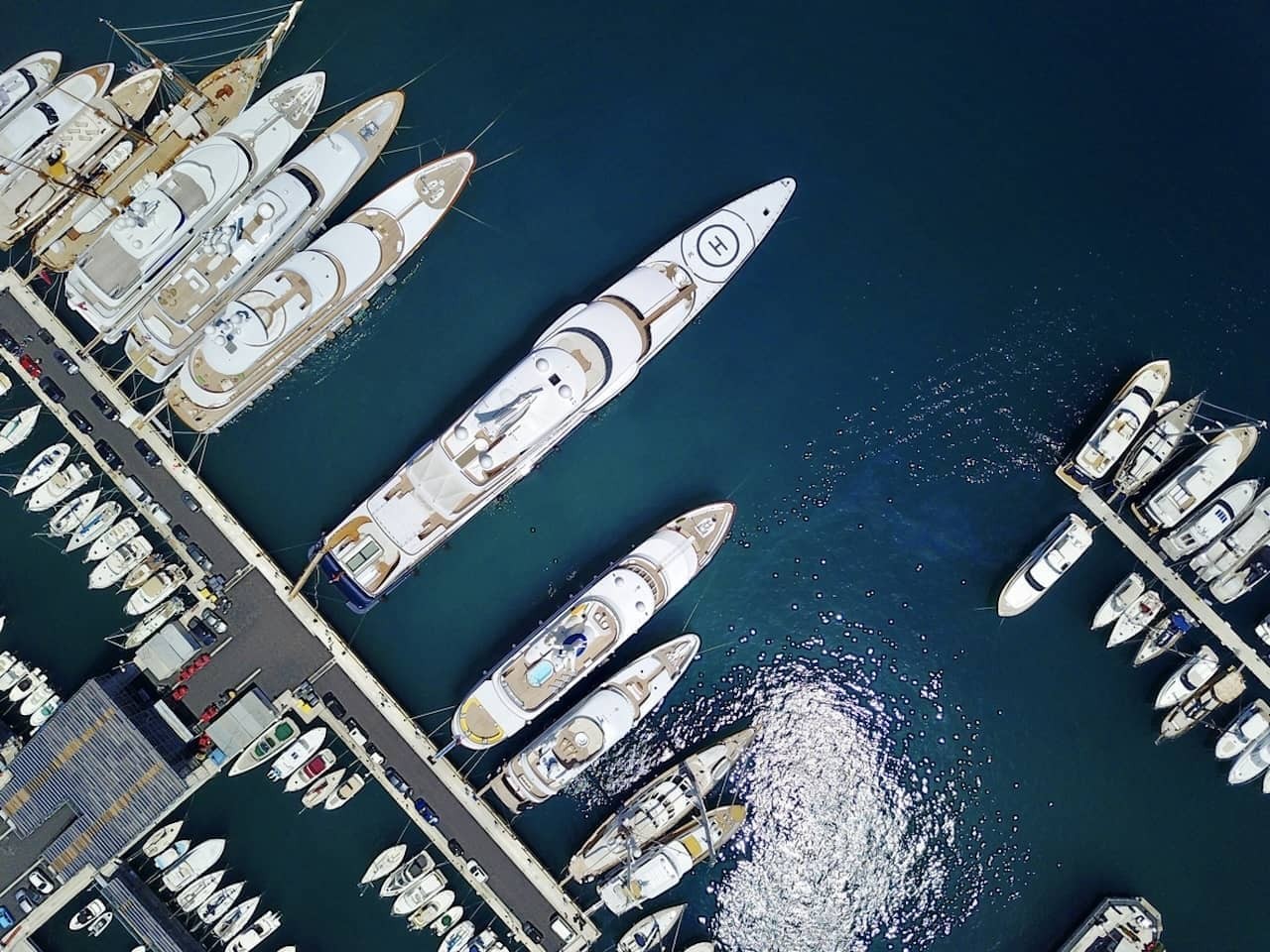
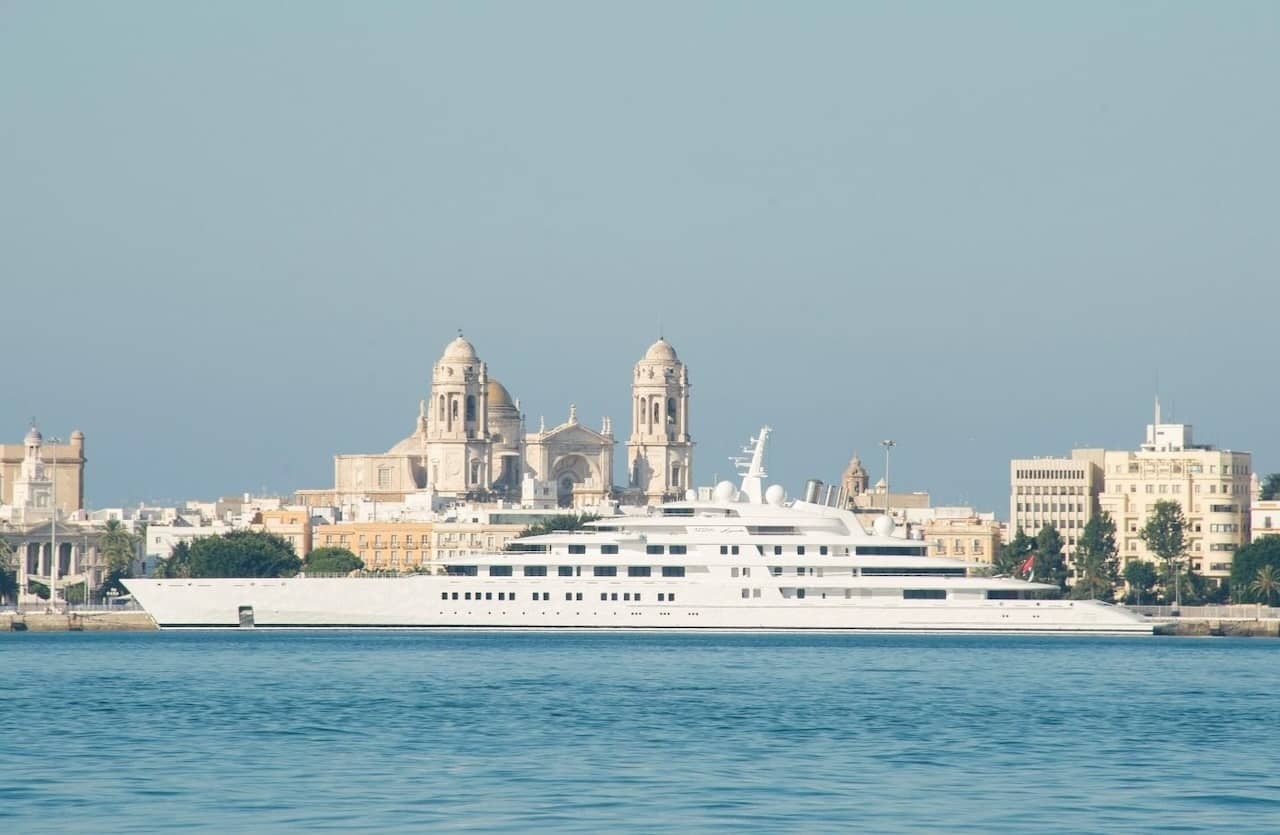
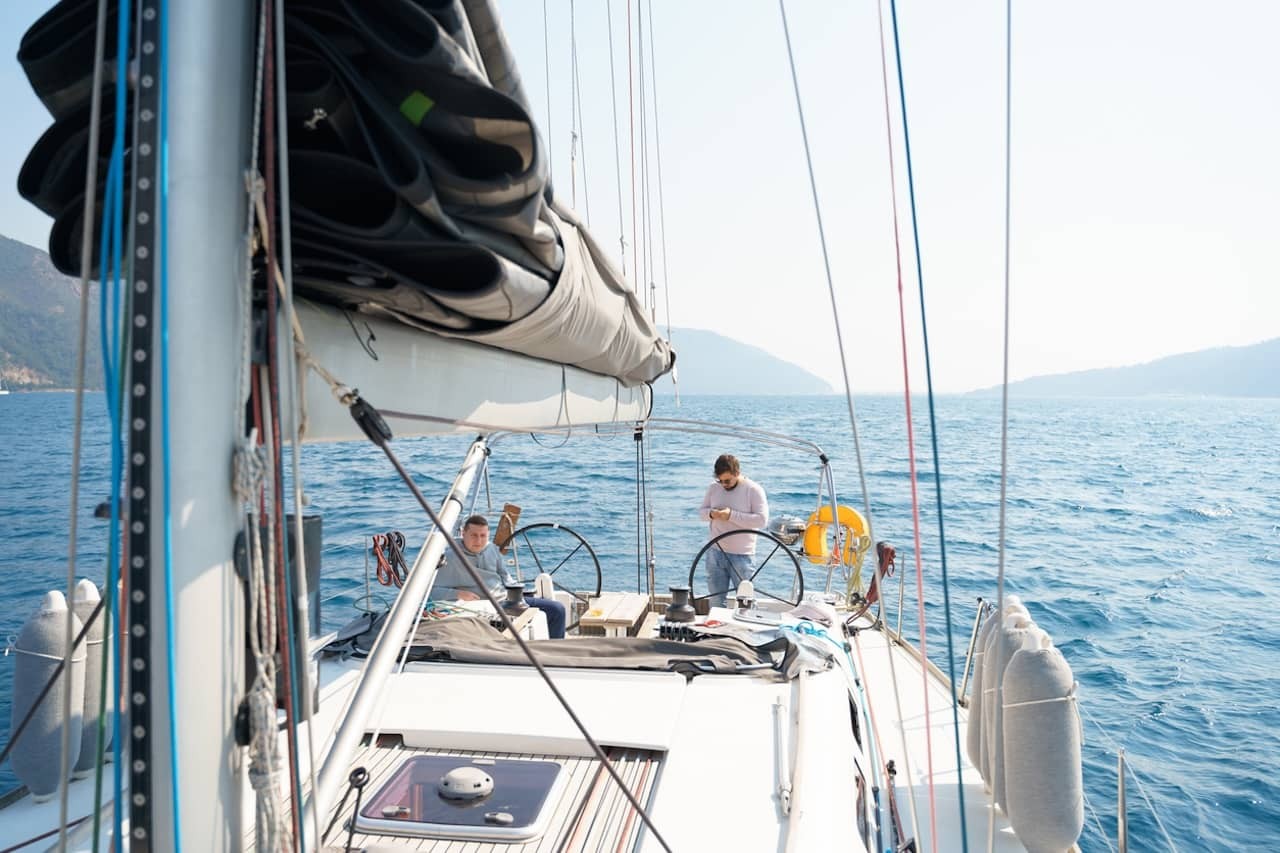
By carefully considering these factors, you can determine whether a new or used yacht is the right choice for your budget and lifestyle.
5. The Ongoing Costs of Yacht Ownership
The purchase price is just the beginning. Owning a yacht comes with ongoing expenses that can significantly impact your budget. Here’s a breakdown of the typical costs associated with yacht ownership:
- Marina Fees: These fees cover the cost of docking your yacht at a marina. Prices vary depending on location and the size of your boat, ranging from $5,000 for a small yacht to tens of thousands of dollars for larger vessels.
- Insurance: Yacht insurance is essential to protect your investment from potential damages and liabilities. Expect to pay around 0.5% of the boat’s value annually for insurance coverage.
- Maintenance and Repairs: Maintaining a yacht requires regular upkeep and occasional repairs. A general rule of thumb is to budget around 10% of the boat’s value each year for maintenance and repairs. This may be lower for newer yachts.
- Fuel: Fuel costs depend on how often you use your yacht and the size of its engine. Larger yachts consume more fuel, resulting in higher expenses.
- Crew: Yachts over 80 feet typically require a crew to operate and maintain the vessel. Crew salaries range from $3,200 per month for junior crew to $10,500 per month for captains and chief engineers. The number of crew members needed depends on the size of the yacht.
- Depreciation: As mentioned earlier, yachts depreciate over time, especially in the first few years of ownership. This is a non-cash expense, but it’s essential to consider when assessing the overall cost of yacht ownership.
Here’s a table summarizing the annual costs of yacht ownership:
| Expense | Average Cost |
|---|---|
| Marina Fees | $5,000+ (depending on location and size of the boat) |
| Insurance | Approximately 0.5% of the boat’s value annually |
| Maintenance and Repairs | Approximately 10% of the boat’s value annually (may be lower for newer yachts) |
| Fuel | Varies depending on usage and yacht size |
| Crew | $3,200 – $10,500+ per month per crew member (depending on position and experience) |
| Depreciation | Varies depending on the age and condition of the yacht (most significant in the first few years) |
By factoring in these ongoing costs, you can get a more accurate picture of the true cost of owning a yacht.
When buying a yacht, it’s crucial to consider ownership costs beyond the purchase price. Even for smaller yachts, annual expenses like marina fees, insurance, maintenance, etc. must be accounted for.
6. Yachts vs. Boats: Understanding the Cost Difference
The terms “yacht” and “boat” are often used interchangeably, but there are distinctions between the two, particularly when it comes to cost. As we’ve discussed, a yacht is generally larger and more luxurious than a typical boat. However, the line between the two can be blurry.
- Boats: Boats encompass a wide range of vessels, from small fishing boats to pontoon boats to cabin cruisers. The cost of buying a boat can vary significantly depending on the size, type, and features.
- Yachts: Yachts are typically larger and more luxurious than boats, with features such as cabins, heads, and galleys. The cost of buying a yacht is generally higher than the cost of buying a boat, reflecting the increased size and amenities.
To illustrate the cost difference, let’s compare the price of a 20-foot bowrider (a type of boat) to the price of a small yacht:
- 20-Foot Bowrider: $25,000 – $150,000 (depending on brand and features)
- Small Yacht (25-40 feet): $70,000+ (for a used sports cruiser) to $250,000+ (for a new sports cruiser)
In addition to the initial purchase price, the ongoing costs of owning a yacht are typically higher than the costs of owning a boat. This is due to factors such as higher marina fees, insurance costs, and maintenance expenses.
7. Are Yachts a Good Financial Investment?
While owning a yacht can bring immense joy and create lasting memories, it’s essential to consider whether it’s a sound financial investment. From a purely financial perspective, yachts are generally considered luxury items that depreciate over time.
- Depreciation: Like cars, yachts typically depreciate in value, especially in the first few years of ownership. This means that you’re unlikely to make a profit when you sell your yacht.
- Running Costs: The ongoing costs of owning a yacht, such as marina fees, insurance, maintenance, and fuel, can be substantial. These expenses further erode the potential for financial gain.
- Exceptions: There are some rare instances where a well-cared-for used yacht of a highly sought-after model can offer a positive return on investment. Certain brands of sailboats are a good example of this.
However, the value of owning a yacht extends beyond financial considerations. The enjoyment, relaxation, and quality time spent with family and friends can make yacht ownership a worthwhile investment in your happiness and well-being.
8. FAQs About Yacht Costs
Here are some frequently asked questions about yacht costs:
Q1: What is the cheapest type of yacht to buy?
The cheapest type of yacht to buy is typically a small, used sailing yacht. These vessels can be found for as little as $5,000 to $25,000, depending on their age and condition.
Q2: How much does it cost to build a yacht?
The cost to build a yacht varies widely depending on the size, type, and customization options. A custom superyacht can cost up to $1 million per foot of length to build.
Q3: How much does it cost to maintain a yacht per year?
As a general rule, you can expect to spend around 10% of the yacht’s value each year on maintenance and repairs. This may be lower for newer yachts.
Q4: What is the most expensive yacht in the world?
The most expensive yacht in the world is currently Azzam, which is 590 feet long and cost $600 million to build.
Q5: Is it cheaper to buy a yacht in Europe?
In some cases, it may be cheaper to buy a yacht in Europe due to factors such as lower taxes and fees. However, it’s essential to factor in the cost of transporting the yacht to your desired location.
Q6: How much does it cost to dock a yacht?
The cost to dock a yacht depends on the location and size of the boat. Marina fees can range from a few thousand dollars per year for a small yacht to tens of thousands of dollars for a larger vessel.
Q7: How much does yacht insurance cost?
Yacht insurance typically costs around 0.5% of the boat’s value annually. However, the exact cost will depend on factors such as the yacht’s size, type, and location.
Q8: How many years does a yacht last?
With proper maintenance and care, a yacht can last for many years. Fiberglass yachts can last for 50 years or more, while aluminum and steel yachts can last even longer.
Q9: What are the tax implications of owning a yacht?
The tax implications of owning a yacht can be complex and vary depending on your location. It’s essential to consult with a tax professional to understand the specific tax implications in your area.
Q10: Can I rent out my yacht to offset the costs of ownership?
Yes, renting out your yacht is a common way to offset the costs of ownership. However, it’s essential to consider the potential wear and tear on the yacht and the impact on your personal use.
9. Need Expert Advice on Yacht Ownership?
Navigating the world of yacht ownership can be complex and overwhelming. From understanding the costs involved to choosing the right type of yacht for your needs, there are many factors to consider. That’s where HOW.EDU.VN comes in.
At HOW.EDU.VN, we connect you with leading experts who can provide personalized advice and guidance on all aspects of yacht ownership. Our team of over 100 PhDs and professionals have extensive experience in the marine industry and can help you make informed decisions that align with your goals and budget.
Here’s how HOW.EDU.VN can help:
- Personalized Consultations: Connect directly with our experts for one-on-one consultations tailored to your specific needs and interests.
- Cost Analysis: Get a detailed breakdown of the costs associated with yacht ownership, including purchase price, maintenance, insurance, and more.
- Yacht Selection: Receive expert guidance on choosing the right type of yacht for your lifestyle, budget, and intended use.
- Financing Options: Learn about different financing options and strategies to make yacht ownership more affordable.
- Maintenance and Repair Advice: Get tips and advice on how to properly maintain your yacht and minimize repair costs.
Don’t navigate the world of yacht ownership alone. Let HOW.EDU.VN connect you with the experts you need to make informed decisions and enjoy the yachting lifestyle to the fullest.
Contact us today to schedule a consultation:
- Address: 456 Expertise Plaza, Consult City, CA 90210, United States
- WhatsApp: +1 (310) 555-1212
- Website: HOW.EDU.VN
Let our team of experienced PhDs provide you with the expertise and support you need to make your yacht ownership dreams a reality.
Unlock the world of yacht ownership with confidence. Contact how.edu.vn now for personalized expert guidance and make informed decisions that align with your dreams and budget. Discover the perfect yachting experience tailored just for you. Don’t wait, start your journey today.
